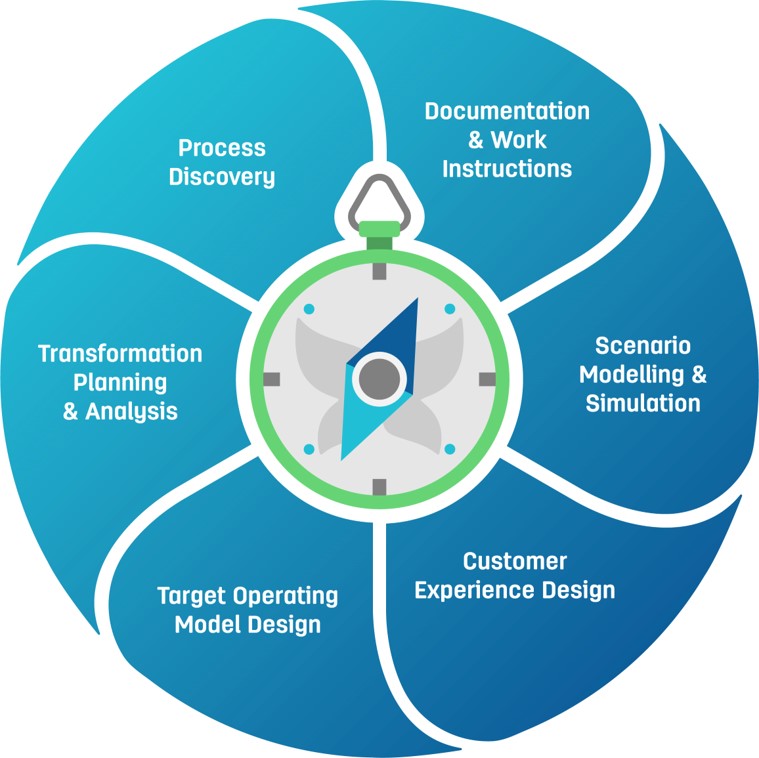Transform Business Processes
Accelerate business processes and reduce operational costs through process mining, mapping, scenario modelling and simulation tools. As a result, your business can deliver a more engaging customer and employee experience.



